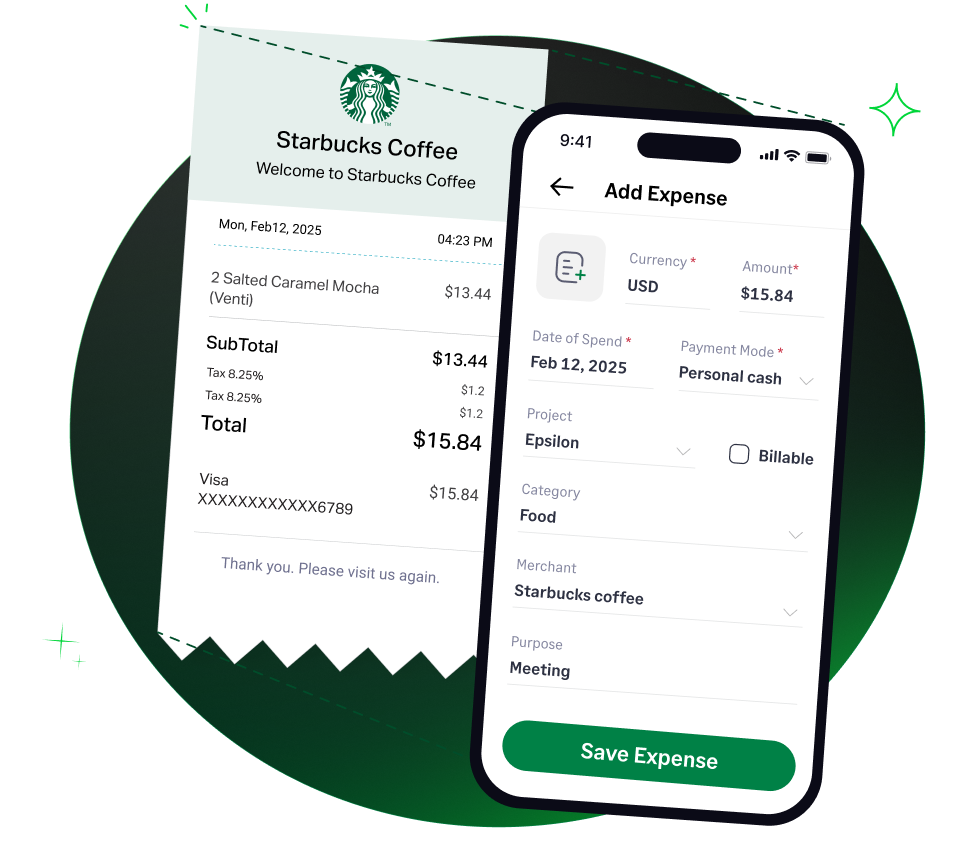✨ Exciting news: Fyle is now part of the Sage family! Learn more in our press announcement >
 4.6/51670+ reviews
4.6/51670+ reviewsTaking a client to lunch or meeting a potential customer for coffee is a fundamental part of building business relationships. While these meals are a standard cost of doing business, they are also subject to some of the most specific rules and limitations in the U.S. tax code. For accountants and SMB owners, understanding how to correctly classify and document these expenses is critical for tax compliance and accurate financial reporting.
Failing to follow the Internal Revenue Service (IRS) guidelines for business meals can lead to a disallowed deduction during an audit. This guide will provide a clear, detailed breakdown of the food for customer meals expense category, the strict IRS rules for deductibility, and how to maintain compliant records.
The Food for Customer Meals expense category includes the costs of food and beverages provided to current or potential customers, clients, consultants, or similar business contacts.
In your accounting chart of accounts, these costs should be tracked in a specific category, such as "Business Meals" or "Meals & Entertainment." It is crucial to track them separately from other expenses because they are subject to special deduction limits.
Not every meal with a business contact is automatically deductible. The IRS has laid out several conditions that must be met to qualify.
The most important rule for business meals is that you can generally only deduct 50% of the cost. This limit applies after all other conditions for deductibility have been met. The cost of the meal itself includes the food, beverages, taxes, and tips.
(Note: The temporary rule that allowed a 100% deduction for business meals provided by a restaurant in 2021 and 2022 has expired. The 50% limit is the standard rule.)
For the cost of a customer meal to be deductible (even at 50%), it must meet the following criteria:
The following are common examples of expenses that would be classified as Food for Customer Meals, subject to the 50% limit:
As long as the meal meets the IRS criteria, the expense is 50% deductible.
The IRS is extremely strict about the records required to substantiate business meal expenses. If your records are incomplete, the deduction can be disallowed. You must have proof of the following elements for each expense:
A restaurant receipt is typically sufficient to prove the amount, date, and place, but you must supplement it with a written record of the business purpose and the business relationship of the attendees.
The biggest challenge with customer meal expenses isn't the 50% rule—it's the burdensome recordkeeping. Employees often forget to write down who they met with and why, leading to non-compliant reports and lost deductions.
Fyle solves this by integrating compliance directly at the point of spending.
Stop worrying about disallowed meal expenses and empower your team to build relationships with confidence.




